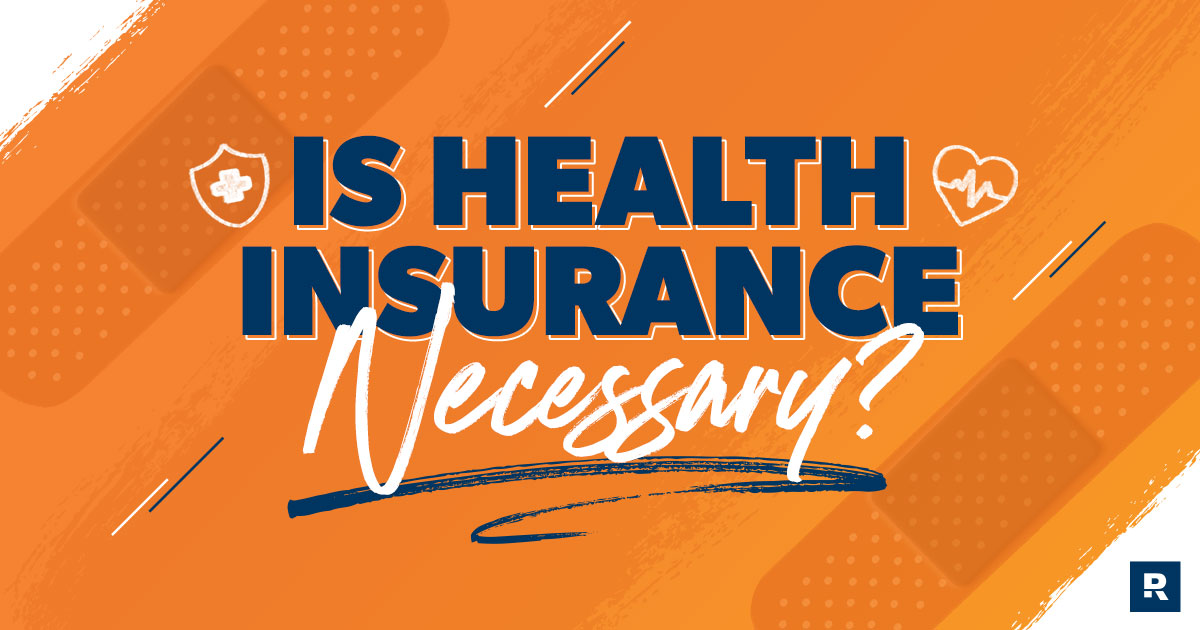Understanding the Basics: A Comprehensive Overview to Health Insurance Policy Options
A clear understanding of the different kinds of strategies-- such as HMO, PPO, EPO, and POS-- along with essential economic terms like copayments, premiums, and deductibles, is vital for making notified choices. This guide intends to demystify the intricate globe of health insurance coverage, outfitting you with the expertise to select a plan that straightens with your individual medical care demands and monetary objectives.
Kinds of Medical Insurance Plans
When browsing the complex landscape of medical care protection, comprehending the various kinds of medical insurance plans is essential. Primarily, health insurance strategies can be categorized into four main kinds: Health care Organization (HMO), Preferred Supplier Company (PPO), Exclusive copyright Organization (EPO), and Factor of Solution (POS) plans. Each kind uses distinctive features and benefits, tailored to satisfy varied health care requirements.
HMO plans call for participants to select a health care doctor (PCP) and obtain referrals from the PCP to see professionals. This model stresses precautionary treatment and generally restricts protection to a network of companies, which helps to control prices. On the other hand, PPO plans give greater flexibility, allowing participants to see any type of medical care provider without a recommendation, though they incentivize utilizing network carriers via decreased costs.
EPO plans combine aspects of HMO and PPO plans, using lower expenses but requiring participants to utilize a particular company network without requiring referrals. Health insurance agency Houston. POS plans incorporate characteristics of HMOs and PPOs, requiring a PCP and referrals while permitting out-of-network treatment at greater out-of-pocket expenses. Recognizing these distinctions is crucial for selecting a plan that straightens with individual healthcare choices and needs
Recognizing Costs and premiums
Browsing the ins and outs of wellness insurance premiums and expenses can really feel overwhelming at initially, however acquiring a clear understanding is important for making notified decisions. Medical insurance premiums are the normal repayments made to keep protection, normally billed month-to-month. Costs vary based upon factors such as the person's age, location, and kind of plan picked. It's critical to keep in mind that a lower costs might not constantly equate to decrease general expenses, as these strategies may have higher deductibles and out-of-pocket expenditures.
The insurance deductible is the amount you pay before the insurance begins covering your clinical costs. Plans with higher deductibles often have reduced premiums.
Comprehending these prices can aid you approximate your potential medical care expenses and pick a plan aligning with your spending plan and health care requirements. Examining costs versus insurance coverage will certainly enable you to choose a strategy that provides the most value and security.
Coverage and Advantage Explained
Although recognizing the breadth of coverage and benefits is vital in picking the best medical insurance strategy, the specifics can commonly be intricate. Medical insurance protection generally consists of necessary health and wellness advantages such as hospitalization, outpatient treatment, emergency solutions, maternity and newborn treatment, psychological health and wellness services, and prescription drugs. Additionally, precautionary solutions like inoculations and testings are typically covered without a co-payment, as mandated by the Affordable Treatment Represent compliant plans.
Each plan may vary dramatically in regards to insurance coverage levels and exclusions. It is critical to inspect the Summary of Benefits and Coverage (SBC) record, which details protected services, cost-sharing duties, and any kind of exemptions or constraints. Some strategies might cover different therapies such as chiropractic care, while others do not.

Carefully checking out the extent of protection and benefits makes sure that the picked strategy lines up with individual wellness needs and monetary scenarios, offering required protection and assurance.
Navigating Supplier Networks
In the realm of health and wellness insurance policy, recognizing copyright networks is essential for making certain accessibility to preferred medical services and managing costs properly. Provider networks are a collection of healthcare experts, centers, and solutions that have actually partnered with insurance policy firms to supply clinical care to guaranteed individuals.
The type of service provider network in a wellness strategy considerably affects person out-of-pocket expenditures and access to care. Usual network types include Health and wellness Maintenance Organizations (HMOs), Preferred Supplier Organizations (PPOs), and Exclusive Provider Organizations (EPOs)
To navigate efficiently, it is vital to assess each strategy's network information, ensuring preferred companies and centers are included, and take into consideration just how network restrictions align with personal healthcare needs.

Key Terms and Interpretations
Understanding key terms and interpretations in health and wellness insurance coverage is essential for making educated choices concerning coverage alternatives. Familiarity with these terms can help individuals comprehend their policy documents, compare plans successfully, and prepare for possible prices.
" Copayment" or "copay" is the set cost paid by the insured person for details solutions, such as physician sees or more information prescriptions. In addition, "coinsurance" describes the portion of expenses that the insured should pay after meeting the deductible. Comprehending the "out-of-pocket maximum" is also important; it represents one of the most a person will pay in a policy period, after which the insurance company covers 100% of permitted expenses.
Moreover, terms like "network" pertain to the team of medical care carriers acquired with an insurer to offer services at reduced prices. Lastly, the "Explanation of Advantages" (EOB) is a document sent out by insurers detailing what was covered, what the client owes, and why. Grasping these terms aids in browsing health insurance policy landscapes successfully.

Verdict
A comprehensive understanding of medical insurance basics is crucial for making notified healthcare decisions. Familiarity with various strategy kinds, such as HMO, PPO, EPO, and POS, alongside essential terms like premiums, deductibles, copayments, and coinsurance, makes it possible for people to examine prospective expenses effectively. By aligning healthcare choices with the ideal strategy, sufficient protection and financial security can be made certain. Browsing supplier networks and understanding coverage and benefits better improve the ability to pick an optimum health and wellness insurance coverage strategy.
When navigating the facility landscape of health care protection, recognizing the different kinds of health insurance policy plans is critical. Mainly, health insurance policy plans can be categorized right into four primary kinds: Health Upkeep Company (HMO), Preferred Company Company (PPO), Exclusive Supplier Organization (EPO), and Factor of Solution (POS) plans.EPO plans combine aspects of HMO and PPO strategies, supplying lower expenses however calling for participants to use a details service provider network without needing references.Although understanding the breadth of protection and advantages is crucial in picking the appropriate health and wellness insurance coverage strategy, the specifics can commonly be intricate. Browsing service next page provider networks and comprehending insurance coverage and advantages better enhance the capacity to choose an optimal wellness insurance plan.